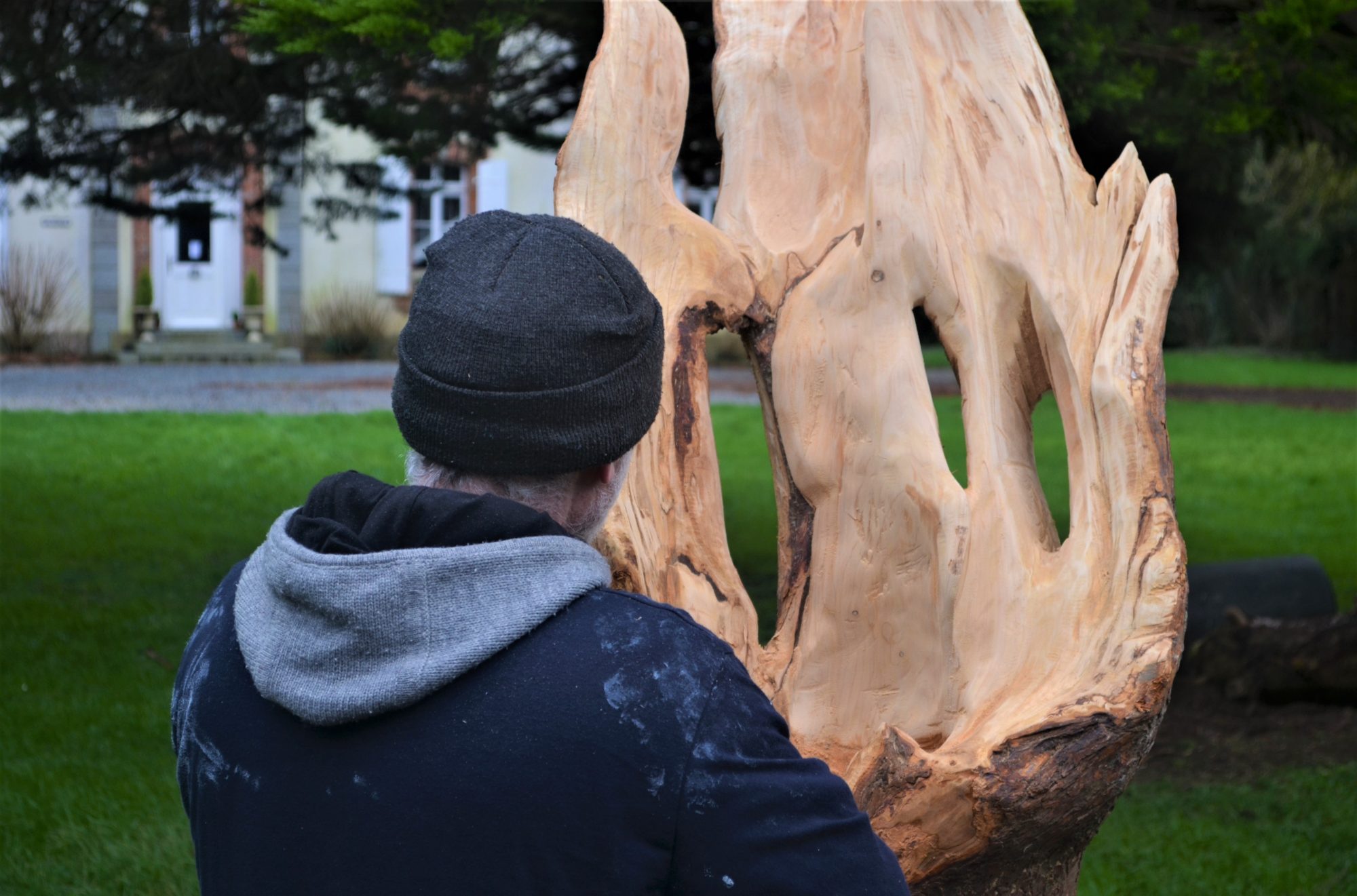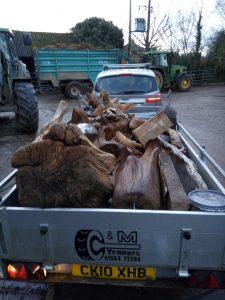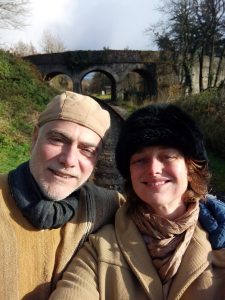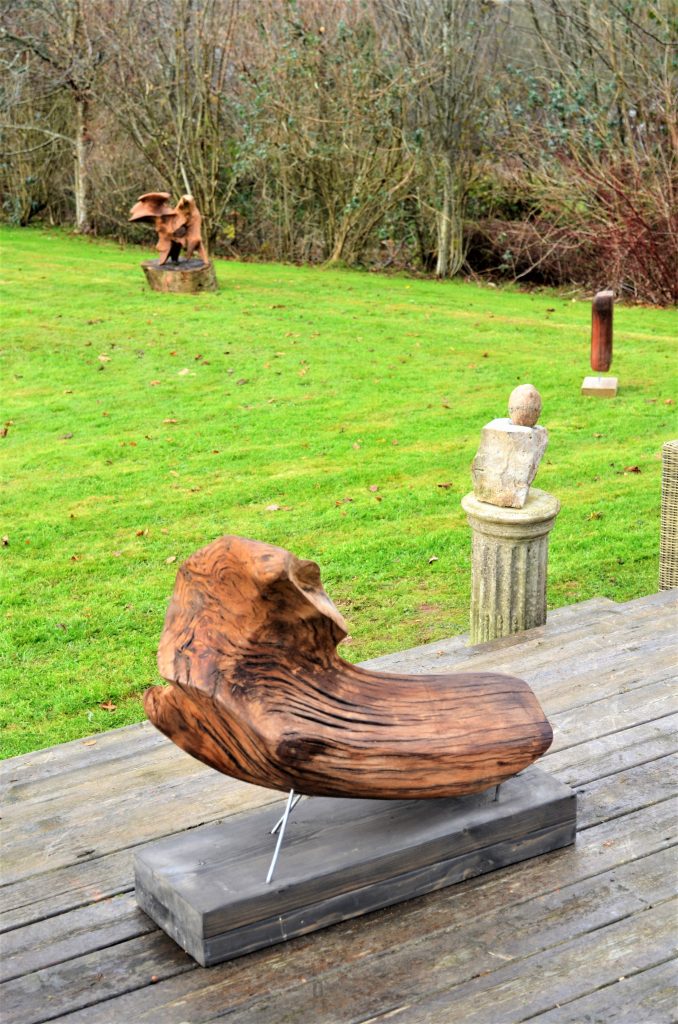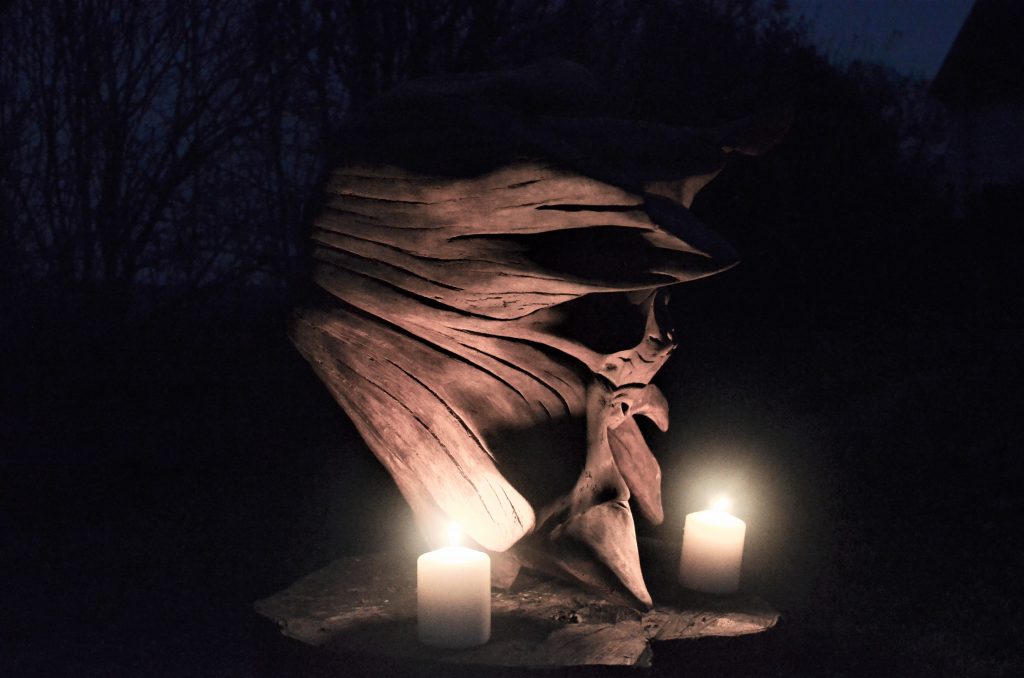Studio 42 “George Heracleous” and the Embassy of the Argentine Republic, have the pleasure of inviting you to the exhibition of Natural Art Sculptures by the International artist Fabian Marcovich. Marcovich is an Argentınıan sculptor who has chosen to travel around the world lookıng for roots and trunks that are rotten, wood that has been submerged in rivers, pieces with unusual shapes and forms and stones that have been naturally sculptured by the elements.
N a t u r a l A r t S c u l p t u r e s
S t u d i o 4 2
E l e n i s P a l a i o l o g i n a
L i m a s s o l , C y p r u s
2 5 – 2 9 M a y 2 0 1 8 , 5 p m – 9 p m
O p e n i n g n i g h t : 2 5 t h M a y 7 p m
Considering Nature as an artist herself, Marcovich is an interpreter who cleans the superfluous from pieces brought out from the earth until their hidden beauty can be recognised.
Philosophically this process shows a parallel within life: how much occult beauty exists behind the apparent? How to overcome first impressions – in relationships, especially human relationships – and find beauty in every person, object and place?
Fabián Marcovich would like to express his gratitude to George Heracleous for generosity offering his studio without any economic interest in order to cooperate with an unknown collegue.

This exhibition wouldn’t be possible without the cooperation and love of Julia Robinson.
